
Linear Barcode Fonts
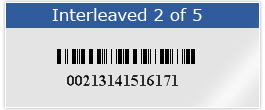
Interleaved 2 of 5 barcode is same as industrial 2 of 5 symbology, the only difference is that Interleaved 2 of 5 encodes information in both the bars and spaces while Industrial 2 of 5 encodes information in the bars only.
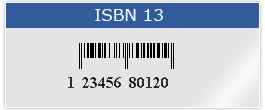
ISBN stands for International Standard Book Number that has been used since 1970 to identify books (and book like products including audio books and calendars). Every new title, new edition and new binding has its own unique ISBN. Determining a book’s ISBN finds makes it easier to find the book version you need at a bookstore.
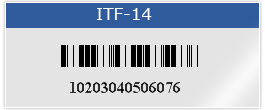
ITF14 is one of the most popular linear 14 digits barcode symbology that is used to mark the external containers of products with an EAN identifier. ITF14 barcodes usually contain a top and bottom bar (sometimes rectangle) called the Bearers bar. The purpose of the Bearers bar is to make sure that the barcode is read completely.
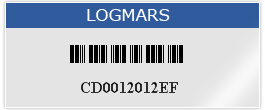
LOGMARS stands for Logistics Applications of Automated Marking and Reading Symbols. LOGMARS is a specification used by the United States Government for shipment of military items within the Federal Government.
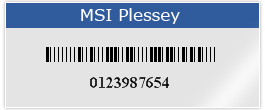
MSI Plessey is numeric and variable length linear barcode symbology that developed by the Plessey Company of England. It is mainly used in retail business. Each character consists of eight elements, four bars and four spaces.

Planet barcode symbology is also known as USPS PLANET Barcode. PLANET barcode is 12- or 14- digit barcode, a two-track barcode similar in structure to the POSTNET Code address barcode that is used in mail processing equipment to sort the mail.
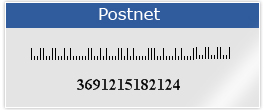
POSTNET (postal numeric encoding technique) is barcode symbology that was used by the United State Postal Service to assist in directing mail. The Zip code and ZIP + 4 code is encoded in half and full-heights bar.
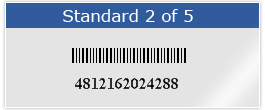
Standard 2 of 5 is low-density numeric linear symbology that has been introduced in 1960s. The symbology is called "2 of 5" due to the fact that digits are encoded with 5 bars, 2 of which are always wide and the remaining three are narrow.
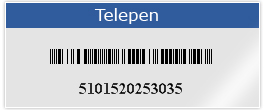
Telepen is used linear barcode symbology that expresses all 128 ASCII characters without using shift characters for code switching. Unlike other linear barcodes that specify the encodings for each representable character, Telepen only defines four basic bar-space modules.
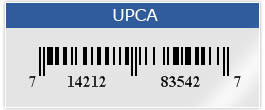
UPC-A is useful for marking products which are sold at retail in USA. UPC- A barcode is initially used in the retail industry as a POS (point of sales) barcode symbology. UPCA is used in the United States and Canada in the retail industry to uniquely identify product and it`s manufacturer.
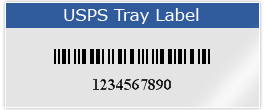
USPS tray label is one of linear barcode symbology that is used in United States Postal Services (USPS) for labeling of postal trays, automation rate mailings, periodicals /standard mail (letter size and flat size pieces) etc.
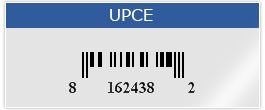
UPC-E barcode is one of the most widely used linear barcode symbology that reduces data length from 12 digits to 6 digits by compressing the extra zeros. It is suitable for identifying products in small packages. UPC-E barcode has 6 digits with an implied number system 0.
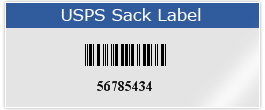
USPS sack label is one of the most popular linear barcode symbology that is mainly used in United States Postal Services for labeling post sacks. USPC barcode contains "ZIP code" of the receiver and "Content Identifier Number.
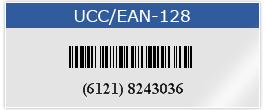
UCC/ EAN 128 encode data using code 128 symbology. UCC/EAN-128 barcode is a standard that defines the format of Code 128 barcode. This means that the symbology is Code 128 but the format of the data encoded within the Code 128 bar code conforms to the UCC/EAN-128 standard. UCC / EAN 128 is mainly used in retail distribution and logistics applications.
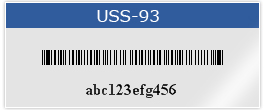
USS-93 is one of the most popular linear barcode symbology that was introduced in 1982 by Intermec. USS-93 is high density barcode symbology and provides data security enhancement to Code 39. USS-93 is primarily used in Canadian postal office to encode supplementary delivery information.
Prev «